Can you imagine what it would be like to be the only person given permission by the Dame herself to use the name Margot Fonteyn on a ballet school? Ken Ludden knows: he is the Artistic Director of the Margot Fonteyn Academy of Ballet.
I met Ken through my LinkedIn group Teachers of Classical Ballet where I first learned about his new book My Margot. Prior to our phone conversation last weekend, I read his book and found it fascinating. (If you’re interested, you can read my review of My Margot.) Ken was one of Fonteyn’s closest friends, yet their relationship had to be guarded during her lifetime to keep the press at bay. In his book, Ken tells us the story of that friendship, beginning at 15, when he first met one of the world’s most beloved ballerinas. Now, on to the interview!
How and why did you go about writing this book?
I originally started writing it for my children so it could get passed down in the family. I began by writing down phrases to help jog my memory and kept adding to the list as I remembered things for the next several years. By the time I had around 175 phrases it was 2003, and for health reasons began to feel pressure to start the book. Along with my own diaries and letters I’d received from Margot and BQ (her mother), I pulled together friends and had them read one of my 175 phrases aloud while I proceeded to relate the story that went with it. These sessions were recorded.
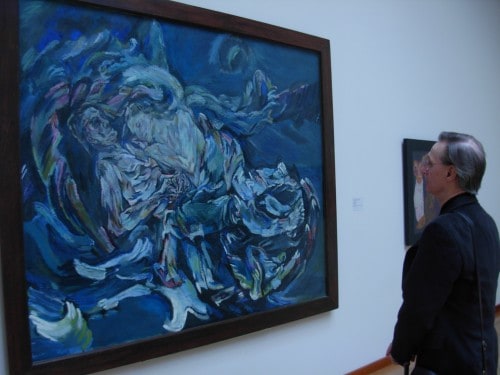
In the book you tell of Margot apologizing to you and you had no idea why. Do you think it was because she had orchestrated so much of your life?
Margot told me that no one has the right to do to another person’s life what she’d done to mine. I think she was referring to the future…to the time when I would begin running our school.
Margot held to the belief that at every turn of the century ballet dies. She specifically told me to let ballet die, and said no single person could save it. She said that after it had died, and when, then, I found even one person who wanted to really learn the truth about dancing, to teach them. The hope was that from my students, or their eventual students, would come one who would awaken the art form again. Her legacy is to give yourself, as an artist, completely to the art form holding nothing back, yet not using it for ego in any way.
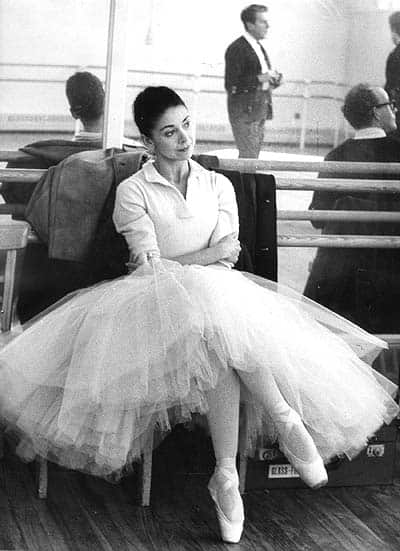
(c)Royal Ballet Archive
From the academy’s website:
Dame Margot Fonteyn d’Arias envisioned an international fine arts institution in which all of the arts would be studied under one roof.
Her belief was that young artists of divergent fields of expression would enter into conversations about the core issues of art (expression, interpretation, focus, et cetera), and would consequently develop a deeper understanding of the artistic purpose of their endeavors.
“She believed in ballet, the importance of it as an art form and the vitality of it in the formation of the cultural aspect of civilization.” – Ken Ludden
How many students do you have, and how do people go about taking ballet there?
We have 40 professional dancers who come to my class for retraining, and prospective students must all go through a rigorous audition process which includes:
1. Dancing
2. A written exam
3. A psychological exam
4. A physical exam
5. Submission of an original piece of art they have created
Since it is a nonprofit organization, we can be very selective. Our first audition brought 70 hopefuls, only 12 of whom got in.
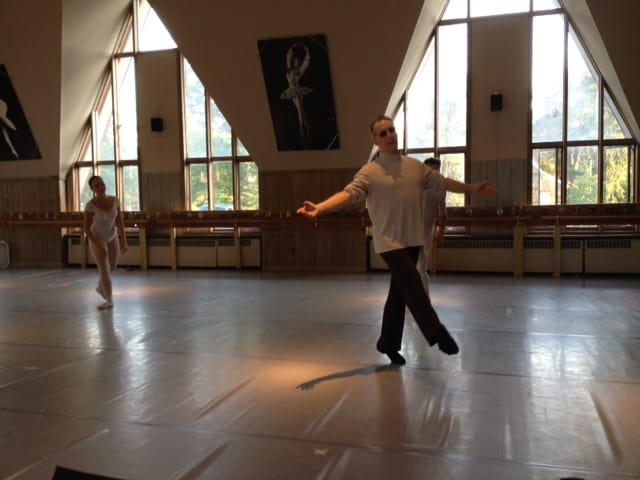
How do you feel about the concept of an ideal body type for ballet?
Ballet tells a story, and stories require many kinds of people. I feel that ballet accommodates every body type there is. Not everyone can be the prince; there’s also the need for soloists, demi soloists, and demi character dancers. I have a passion for bringing a story to life with authenticity.
Do you think ballet companies resort to doing more contemporary choreography to interest the public?
Instead of asking ‘what does the audience want’, we should be considering what we say to the audience and ask ourselves ‘what does the audience need to hear’? It is the responsibility of the Artistic Director to fulfill these needs; the Director would be remiss in his duties by offering his audience an altered artistic tradition in the hopes of sustaining their interest.
Ballet at its most basic, within an arabesque for instance, has so much meaning. In an arabesque you’re grounded, yet reaching up, and the leg behind you represents the past or where you’re coming from. In its truest form, classical ballet can convey life: tension, struggle, the promise of the future. It can be entertaining, but also shocking, or dazzling. Sure, we can do impossible things with our bodies, but where is the meaning in the end? You have to know who you are and not compare yourself to who you aren’t.
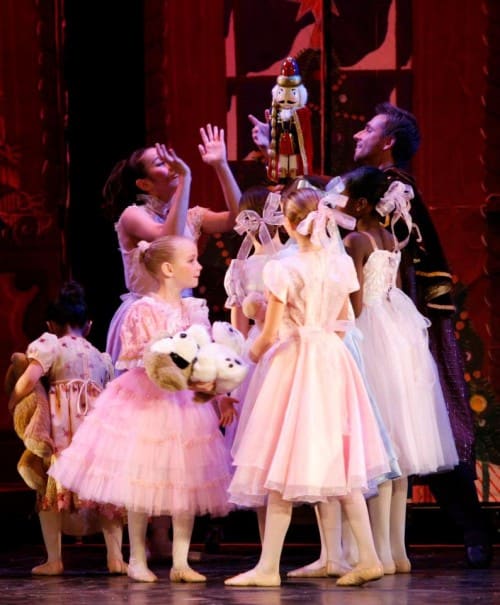
Photographer: Hank Ganz
Clara: Kieko Nakamura
Drossylmeyer: Dariusz Lewandowski
Children: MFAB Students
You mention in the book that Rudolf Nureyev had a “fiery temperament” and often stormed off after rehearsal. Why do you think he was like that?
My Margot concludes with a chapter called My Rudolph. Rudolf’s talent became his legacy to the world, and he didn’t take that lightly. While he appeared rude and self-centered, I believe Rudolf was actually so focused that he couldn’t be distracted by being nice to other people; that to let down his guard at any time would derail his success as a dancer. Yet, a woman, innocent but conscientiously determined, and a man, driven yet blind with denial, chose to accept each other’s shortcomings and became the greatest artistic duo of their time.
What is the most difficult part of your job?
The thing that is difficult is that I must always be aware that I in some vague way represent her, and that kind of grace, finesse and diplomacy are things I must always be aware of. It isn’t what is said, but realizing the significance of it and being true to the responsibility of that honor.
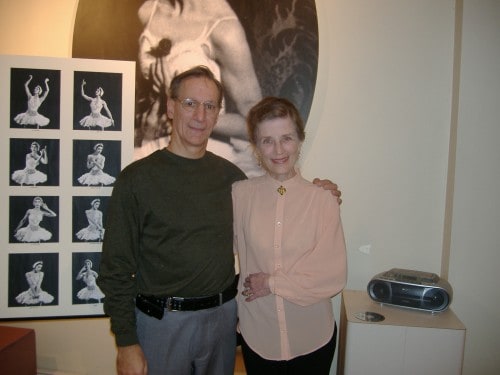
Many thanks to Ken Ludden for spending part of his Sunday afternoon with me so that I could share the treasure that is his life with others!
Order My Margot in hardcover. His book is now available in paperback too! Order My Margot in paperback.
Featured Image: Ludden monitoring drama class with Briana Rivera
(c)MFAB
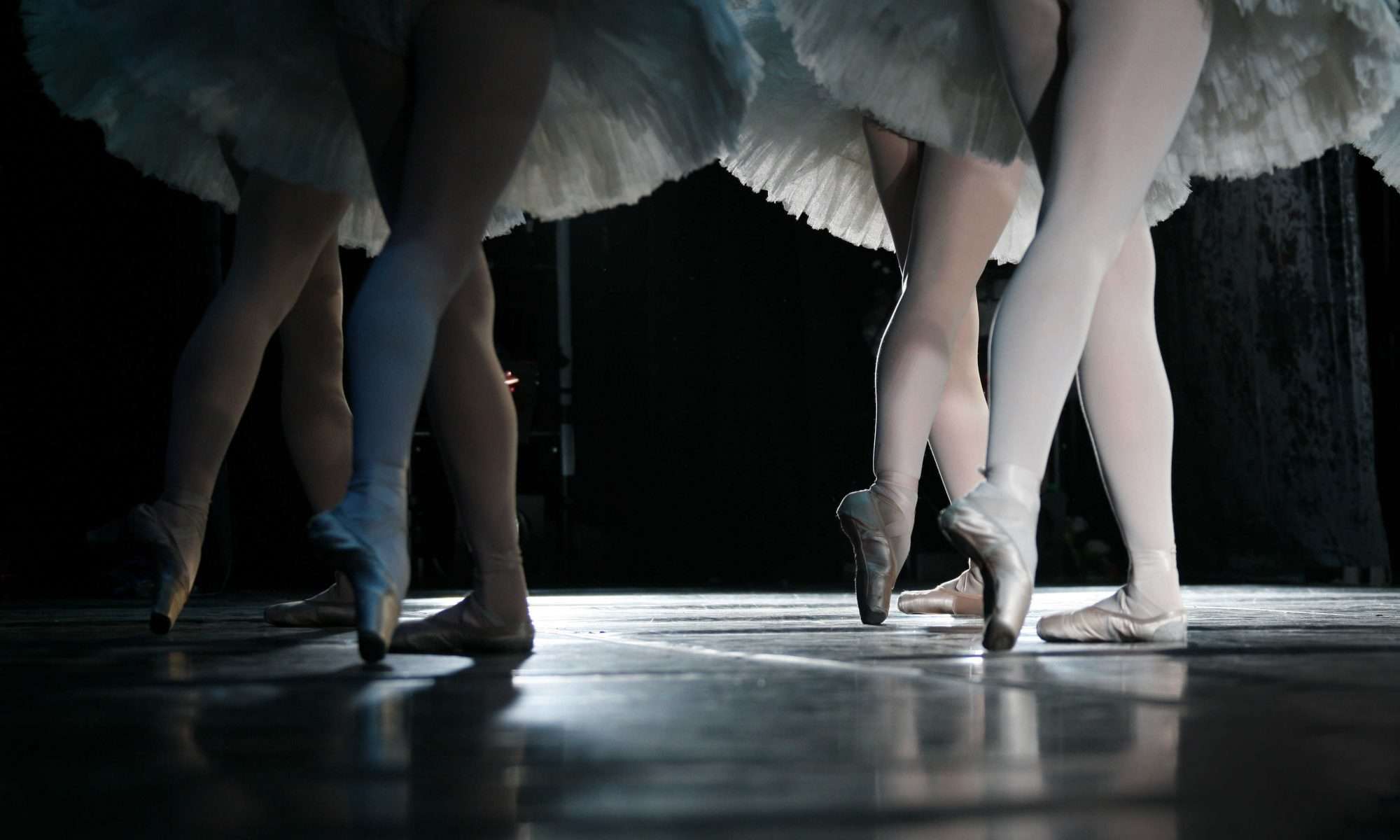


Great interview! This sounds like an excellent book.
Very impressed with this article. Well rounded and so easily understood by a troglodyte such as my self.
I love the beauty of the ballet art form and in its ability to convey a story, feeling, experience, emotion I such a uniquely exquisite way.
Thank you Tammy for this rare look into the ballet world and it’s champions.
Thanks, Lori. It’s a really good book; you can borrow my copy. 🙂
Thank you, Sean! I’ll have to look up the word troglodyte… 😉